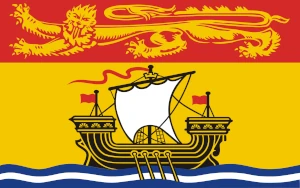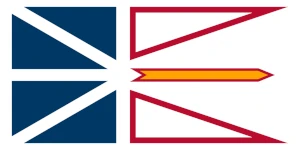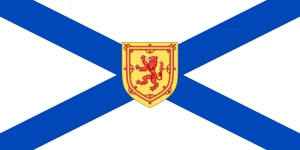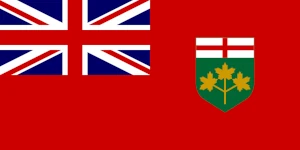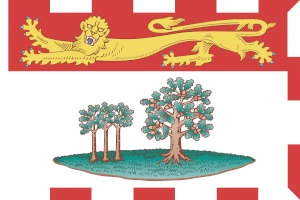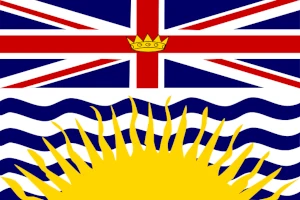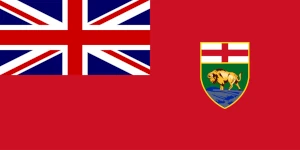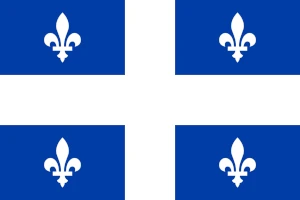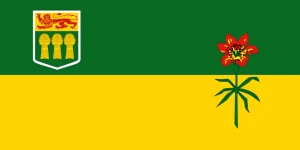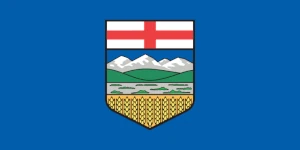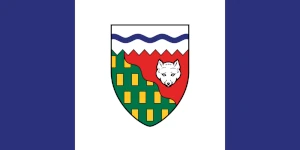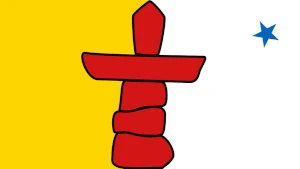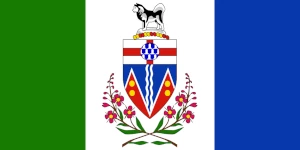Canada GST/HST Calculator 2025
What You Should Know
- The three types of taxes levied in Canada are PST (Provincial Sales Tax), GST (Goods and Services Tax) and HST (Harmonized Sales Tax).
- Some provinces have a single tax, HST, which includes both provincial and federal taxes; some provinces levy a separate PST and GST; while Alberta and the territories levy only the GST.
- HST is collected as a single tax by the Canada Revenue Agency (CRA), which remits the amount pertaining to the provincial taxes to the provinces.
- GST is a tax levied by the federal government nationally and is either charged separately or collected as a part of the HST in provinces that have adopted the HST model.
- The PST is the tax levied by the provinces, also known as RST (Retail Sales Tax) in Manitoba and QST (Quebec Sales Tax) in Quebec.
Overview of sales tax in Canada
- The Harmonized Sales Tax, or HST, is a sales tax that is applied to most goods and services in a number of Canadian provinces: New Brunswick, Newfoundland and Labrador, Nova Scotia, Ontario, and Prince Edward Island.
- Other provinces in Canada do not use the HST and instead use a distinct Goods and Services Tax (GST) and/or Provincial Sales Tax (PST). Provinces with both a GST and PST or PST-equivalent include British Columbia, Saskatchewan, Quebec, and Manitoba.
- Quebec and Manitoba use the QST and RST respectively in lieu of a PST. Some provinces such as Alberta and also all territories do not charge a PST.
Sales Tax Rates for All Provinces in Canada
| Province | Provincial Tax | Federal Tax | Total Tax | Type of Tax |
|---|---|---|---|---|
| Alberta | 0% | 5% | 5% | GST |
| British Columbia | 7% | 5% | 12% | GST+PST |
| Manitoba | 7% | 5% | 12% | GST+RST |
| New Brunswick | 10% | 5% | 15% | HST |
| Newfoundland and Labrador | 10% | 5% | 15% | HST |
| Northwest Territories | 0% | 5% | 5% | GST |
| Nova Scotia | 9% | 5% | 14% | HST |
| Nunavut | 0% | 5% | 5% | GST |
| Ontario | 8% | 5% | 13% | HST |
| Prince Edward Island | 10% | 5% | 15% | HST |
| Québec | 9.975% | 5% | 14.975% | GST+QST |
| Saskatchewan | 6% | 5% | 11% | GST+PST |
| Yukon | 0% | 5% | 5% | GST |
Sales Taxes Across Canada for $1000
Sales Tax Structure of Canadian Provinces and Territories
HST-only Provinces
GST+PST Provinces
GST-only Provinces/Territories
Harmonized Sales Tax (HST)
The Harmonized Sales Tax, or HST, is a sales tax that is applied to most goods and services in a number of Canadian provinces: New Brunswick, Newfoundland and Labrador, Nova Scotia, Ontario, and Prince Edward Island. It is a single value-added tax that combines both the provincial tax as well as the federal goods and services tax. HST is collected by the Canada Revenue Agency (CRA), and the provincial portion of the tax is then transferred to the provinces by the CRA. Currently, the HST rate in Ontario is 13%, in Nova Scotia, 14%, and in the other three provinces, 15%.
The CRA has made it compulsory for most GST/HST registrants to file returns electronically for the GST/HST reporting periods beginning in 2024. Registrants who are required to but do not file the returns electronically will be subject to penalties.
Exemptions to the HST
There are two types of exemptions for HST: direct exemptions and zero-rated goods and services. The difference is related to how businesses handle costs related to the exemptions, but as a consumer, you would not have to pay HST on items from either category.
Goods and services that are zero-rated from HST include:
- Basic groceries, including meats, fish, cereals, dairy products, eggs, vegetables, coffee, tea. Some foods including snack foods, liquor, and carbonated beverages are charged HST.
- Prescription drugs, but not any drugs available over-the-counter (OTC).
- Medical devices
- Feminine hygiene products
Goods and services that are directly exempt from HST include:
- Residential resales of property that has been previously owned and used
- Rental accommodations of longer than a month
- Educational services that lead to a certificate or diploma or are required for a certain practice
- Medical and dental services
- Financial services such as bank fees
- Legal aid services
- Day-care services
There are special cases that are exempt from HST but are still taxed a provincial sales tax.
The Goods and Services Tax (GST) and Provincial Sales Tax (PST)
Other provinces in Canada do not use the HST and instead use a distinct Goods and Services Tax (GST) and/or Provincial Sales Tax (PST). Provinces with both a GST and PST or PST-equivalent include British Columbia, Saskatchewan, Quebec, and Manitoba. Quebec and Manitoba use the QST and RST respectively in lieu of a PST.
Some provinces and territories do not charge a PST. These include Alberta, the Northwest Territories, Nunavut, and Yukon.
History of Sales Taxes in Canada
To finance the First World War, Canada first introduced the Manufacturers’ Sales Tax (MST) along with other sales taxes in 1920. The MST was charged at every stage of the manufacturing process, causing a negative cascading effect. In 1991, the government replaced the MST with a consumption value-added tax known as the GST. The series of reforms included a provision to prevent double-taxation with the ability of individuals to claim input tax credits (ITCs) on purchases. This change to the GST was done with the exception of Quebec, who introduced their own form of value-added tax (QST). The GST rate was decreased from 7% to 5% between 2006 to 2008.
After 1996, several provinces adopted HST, a combination of PST and GST into a single value-added tax. Currently, Ontario, Prince Edward Island, New Brunswick, Newfoundland and Labrador, and Nova Scotia have adopted the HST. British Columbia, Manitoba, Quebec, and Saskatchewan still pay separate GSTs and HSTs, and Alberta, Northwest Territories, Nunavut, and Yukon do not have a provincial sales tax.
Disclaimer:
- Any analysis or commentary reflects the opinions of WOWA.ca analysts and should not be considered financial advice. Please consult a licensed professional before making any decisions.
- The calculators and content on this page are for general information only. WOWA does not guarantee the accuracy and is not responsible for any consequences of using the calculator.
- Financial institutions and brokerages may compensate us for connecting customers to them through payments for advertisements, clicks, and leads.
- Interest rates are sourced from financial institutions' websites or provided to us directly. Real estate data is sourced from the Canadian Real Estate Association (CREA) and regional boards' websites and documents.
